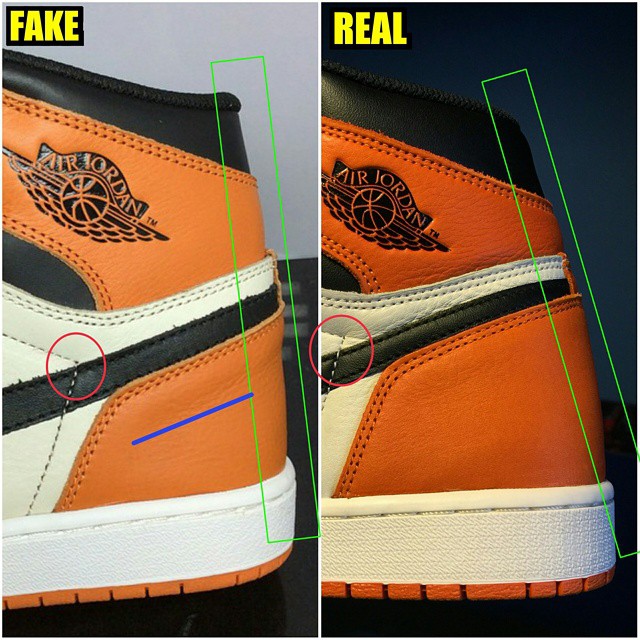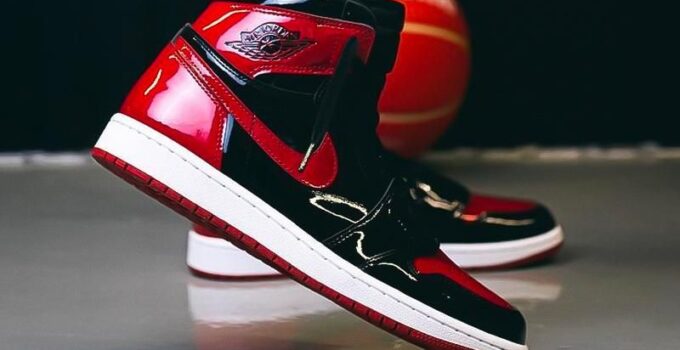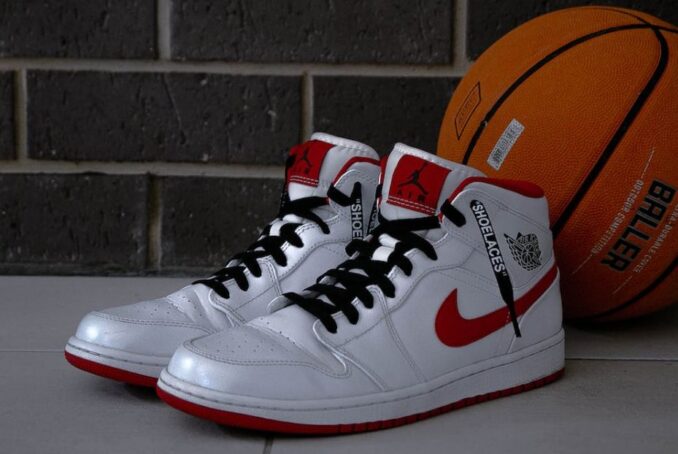Anatomy of the Jordan
The Air Jordan series of shoes is one of the most iconic and renowned shoe collections in existence. Not only are these shoes synonymous with the greatest basketball player of all time, Michael Jordan, but they are also known for their unique and intricately designed anatomy. From the sole to the upper to the heel counter, each component of a Jordan shoe is carefully crafted for maximum performance and style. Here’s an overview of what makes up an Air Jordan:
Upper: The upper is composed of several different materials depending on which model you’re looking at. Most commonly you will find leather or synthetic material used in combination with breathable mesh panels to provide ventilation and support during movement. On certain models, premium nubuck leather can also be found around areas such as the toe box and midfoot area.
Midsole: The midsole serves as both a cushioning system and a platform for stability during motion activities such as running or basketball play. EVA foam or polyurethane foam can be found along with Zoom Air units in some models that act as shock absorbers when pressure is applied from impact forces like jumping or running on hard surfaces such as concrete courts.
Tips for Authenticating a Jordan
If you are in the market for a pair of authentic Jordan 1 shoes, then you are likely to encounter a lot of fakes. There is a huge market for these sneakers, so it can be difficult to tell the real ones from the counterfeits. Fortunately, there are some tips you can use to help authenticate your purchase.
First and foremost, check for quality craftsmanship and details on the shoe. An authentic Jordan will have good stitching and no loose threads or frayed edges on any seams or material. The logo should be clear and consistent throughout; if it’s off-centre or faded in certain areas, then it’s probably not an authentic pair of Jordans. Check that all parts of the sneaker match up—such as laces with eyelets and panels—as fake versions may have mismatched pieces that don’t quite fit together right.
Next, look at the box label carefully; make sure that all text lines up properly with no spelling mistakes or inconsistencies in font size or colour. A real box will also include a serial number unique to each shoe; counterfeiters often forget this detail so if there isn’t one present then you know it’s not an original product.
Common Signs of a Fake Jordan

Source: solecollector.com
When it comes to shoes, Jordan’s sneakers are some of the most popular and sought-after designs. However, with the high demand for these fashionable kicks has come with a rise in fake Jordans flooding the market. To ensure you don’t get ripped off by counterfeit sellers, here are some common signs of a fake Jordan.
One of the first things to look out for is if there are any mistakes on the sneaker itself. Fake Jordans may have spelling mistakes on them or feature poor-quality material that appears different from legitimate models. Additionally, check if there is an air bubble on the sole; genuine Jordans will have one while fakes usually don’t.
Another red flag would be mismatched logos; genuine pairs will have all logos matching up perfectly while fakes often have mismatched sizes or shapes. Furthermore, look at how many stitches are used as authentic models use several stitches while counterfeits tend to use fewer and sometimes even one-line stitching instead of two lines like real models do. Also, pay attention to where the logo is placed; real ones should always be centred whereas counterfeit versions may be slightly off-centre or appear crooked in comparison.
How to Spot Fakes on the Resale Market
In a time when buying used items has become more popular than ever, it is important to be able to spot fakes on the resale market. Fake items can range from designer handbags, watches, and shoes to jewellery, antiques, and art pieces. Spotting fakes not only helps you avoid being scammed but also ensures that your hard-earned money goes toward an authentic item. Here are some tips to help you spot fakes on the resale market:
- Check the Material: One of the easiest ways to tell if an item is fake or not is by examining its material quality. Authentic items will usually be made with high-quality materials that feel sturdy and durable in your hands; whereas fake items may feel flimsy or have visibly poor craftsmanship. Additionally, authentic items will often have labels or tags that list out their materials and any other relevant information about them – this can help you further verify if an item is genuine or not.
- Look for Authenticity Cards/Stamps: Many luxury brands include authenticity cards or stamps with their products as proof of their authenticity – so look for these when shopping on a resale market as they are often a good indicator of whether something is real or not.
Conclusion

Source: solecollector.com
The Jordan 1 is an iconic sneaker that has stood the test of time. With its timeless design, it’s no wonder why it continues to be so popular with sneakerheads and fashion lovers alike. As with any item that is highly sought after, it’s important to make sure you are getting what you pay for when purchasing a pair of these shoes. A legit check can help ensure that you are getting an authentic pair of Jordan 1s, as well as helping to protect your investment.






